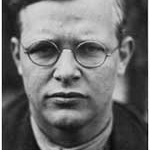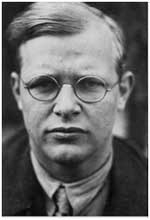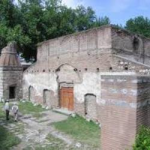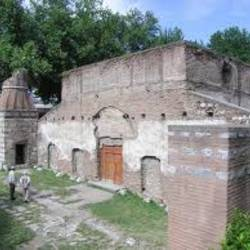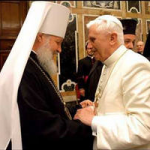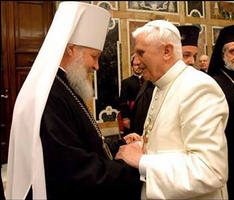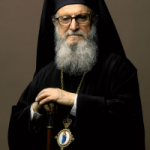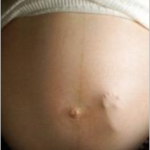
Deprecated: trim(): Passing null to parameter #1 ($string) of type string is deprecated in /home/aoiusa/public_html/wp-content/plugins/sexybookmarks/public.php on line 388
Deprecated: trim(): Passing null to parameter #1 ($string) of type string is deprecated in /home/aoiusa/public_html/wp-content/plugins/sexybookmarks/public.php on line 394
Deprecated: trim(): Passing null to parameter #1 ($string) of type string is deprecated in /home/aoiusa/public_html/wp-content/plugins/sexybookmarks/public.php on line 400
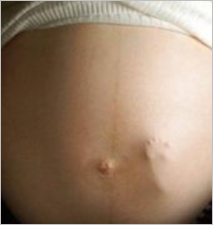 When the Berlin Wall fell everyone pondered the ramifications as East Germany rejoined their Western brothers and presumably in a few short years catapult Germany to even higher economic prominence. It didn’t happen. As it turned out, all it takes to weaken a culture is one generation. Sixty years can wipe values and habits that took generations to accrue. Russia proves the same point. Cultural rebuilding is a slower process than we would like, which also compels us to protect the things that remain. If the first things are lost they take a long time to restore, if ever.
When the Berlin Wall fell everyone pondered the ramifications as East Germany rejoined their Western brothers and presumably in a few short years catapult Germany to even higher economic prominence. It didn’t happen. As it turned out, all it takes to weaken a culture is one generation. Sixty years can wipe values and habits that took generations to accrue. Russia proves the same point. Cultural rebuilding is a slower process than we would like, which also compels us to protect the things that remain. If the first things are lost they take a long time to restore, if ever.
In the essay below writer Ben Johnson examines the abortion rates of once Christian Armenia after the call of Communism and reveals that the restoration of human value will be hard fought. Fortunately the Orthodox Church is starting to speak out. Orthodox writer and ethicist Vigen Guroian is quoted:
“I cannot understand why the Armenian people are committing genocide against themselves now, when they’ve endured it.” During the Armenian genocide (1915-1923), 1.5 million of the Ottoman Empire’s 2 million Armenian Christians were exterminated by Muslim Turks.
“What’s even more sad is that the news comes out at this time of the year, at Advent and at the time of the birth of the Lord.”
If the Virgin Mary had been in Armenia at this time, she probably would have been encouraged to have an abortion.”

Source: Lifesite News | Ben Johnson
YEREVAN, ARMENIA, December 20, 2011 (LifeSiteNews.com) – The practice of sex-selective abortion has become so deeply ingrained in the former Soviet republic of Armenia – where the median number of abortions obtained by women over 40 is a staggering eight – that the nation will soon face “a deficit of women,” according to a United Nations health official.
A new report produced by the United Nations Population Fund, the Armenian ministry of health, and the Institute of Perinatology found that 7,000 Armenian women – or 0.8 percent of all Armenian women of child-bearing age – had elected to have sex-selective abortions since 2006. Armenia has the world’s second worst ratio of boys-to-girls in the world, second only to China, according to a World Economic Forum report. The average nation has a ratio of 106 boys to 100 girls; Armenia’s average is 112 to 100.
The study, “Prevalence and Reasons of Sex-Selective Abortions in Armenia,” estimated a loss of 1,400 future mothers. UNFPA Armenia Assistant Representative Garik Hayrapetyan told reporters Monday, “In ten to 20 years,” he said,” we will face a deficit of women.”
He was surprised to learn that “highly educated women” with a comfortable salary were the most likely to choose to abort unborn female children.
Dr. Vigen Guroian, professor of Religious Studies at the University of Virginia told LifeSiteNews.com, “I cannot understand why the Armenian people are committing genocide against themselves now, when they’ve endured it.” During the Armenian genocide (1915-1923), 1.5 million of the Ottoman Empire’s 2 million Armenian Christians were exterminated by Muslim Turks.
“What’s even more sad is that the news comes out at this time of the year, at Advent and at the time of the birth of the Lord,” he said.
“If the Virgin Mary had been in Armenia at this time, she probably would have been encouraged to have an abortion.”
Dr. Guroian, who is of Armenian descent, said the debate became personal for him after the birth of his granddaughter five months ago, when he realized she may never have been born in her family’s homeland.
The Parliamentary Assembly of the Council of Europe, (PACE) passed a resolution in October stating that aborting unborn girls “reinforces a climate of violence against women,” and the coercion young mothers undergo constitutes “a form of psychological violence.” It particularly highlighted Armenia’s situation. However, the resolution deemed the practice “justified for the prevention of serious sex-linked genetic diseases.” Its author, Doris Stump, instructed, “We should be careful, however, not to use prenatal sex selection as a pretext to limit legal abortion.”
Armenia’s abortion rate, although lower than it was in the 1990s and only one-third the rate of the 1980s, remains staggeringly high. The median number of abortions for women over 40 is eight, and some women have as many as 20 abortions in a lifetime.
Experts attribute this to the lingering influence of the Soviet Union, when abortion became the nation’s primary means of birth control. Similar rates persist in the former Soviet republics of Georgia and Azerbaijan. “This is now a deeply culturally set pattern. I don’t think the church could solve the problem tomorrow by speaking up,” Dr. Guroian said.
“I’ve voiced my anguish at the church’s reticence to address this in the past,” he said. “Perhaps it had an excuse during the period of Soviet rule, but it’s had no excuse for the past 20 years.”
A spokesperson for the Western Diocese of the Armenian Apostolic Church of North America declined to comment on this story. Representatives from the Eastern Diocese were not immediately available by deadline.
However, some voices within Armenia have articulated the Christian Church’s opposition to abortion. Fr. Kyuregh Talyan, a parish priest in the Kotayk Diocese, held a press conference last month to say, “A human being begins life from the moment of conception. To me, an emotionless concept like ‘artificial termination of pregnancy’ is nothing more than homicide.” Its widespread tolerance “comes from a new religion prevailing in Europe – the religion of ‘human rights.’”
The conscious decision to abort unborn girls now pervades the globe. The British medical journal The Lancet estimated some 12 million sex-selection abortions had taken place in India from 1980 to 2010. The shortage of women has become so acute it has led to “wife-sharing.” A study of the sex imbalance in India, China, and South Korea links the absence of potential wives to increased aggression, violence, and criminal behavior among men. The Parental Non-Discrimination Act aims to end the practice in the United States.
Armenian legislators have proposed a law forbidding doctors from disclosing the child’s sex until after the cut-off time when abortions are forbidden under law. Like much of Europe, Armenia restricts abortions to the first 12 weeks of pregnancy. However, many later abortions take place, often chemical abortions induced at home without a doctor’s supervision.
Yet some within Armenia emphasize the real danger is not “gendercide,” but abortion itself. The head of the Department of Gynecology at the Armenian-American Wellness Center, Dr. Marina Voskanyan, warned, “Women have to know that discontinuing any pregnancy…will lead to serious health issues. An abortion is a very negative phenomenon.”
Dr. Vahe Ter-Minasyan, an ob-gyn in Armenia, agreed: “To opt for an abortion is merely a question of ignorance. If women and their husbands knew how much damage an abortion causes to a woman’s health, they would never choose it.”
